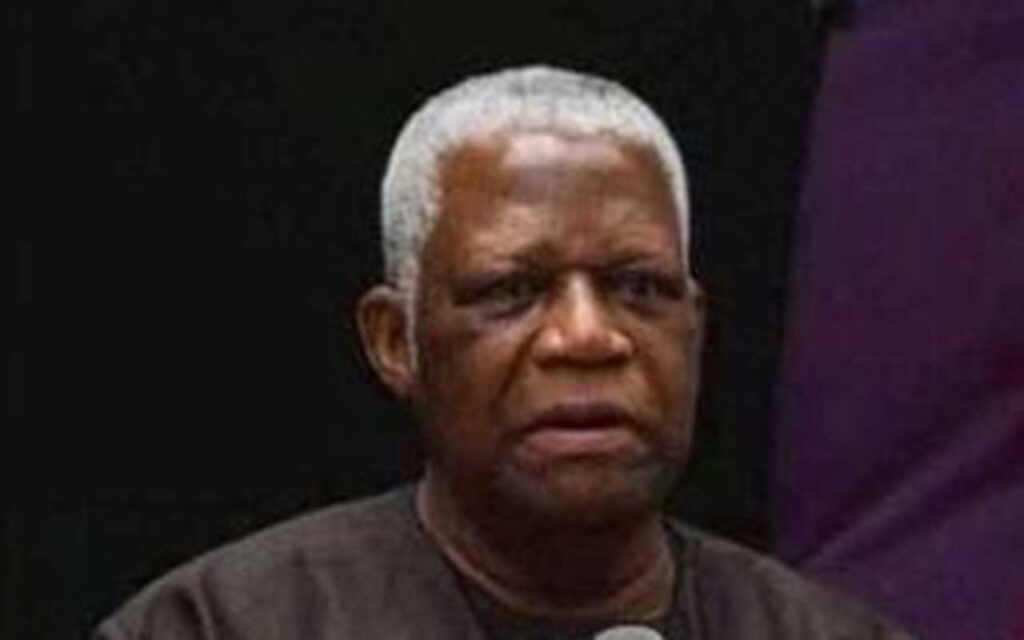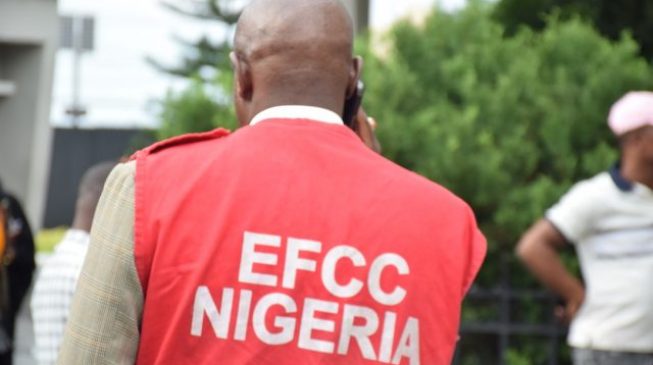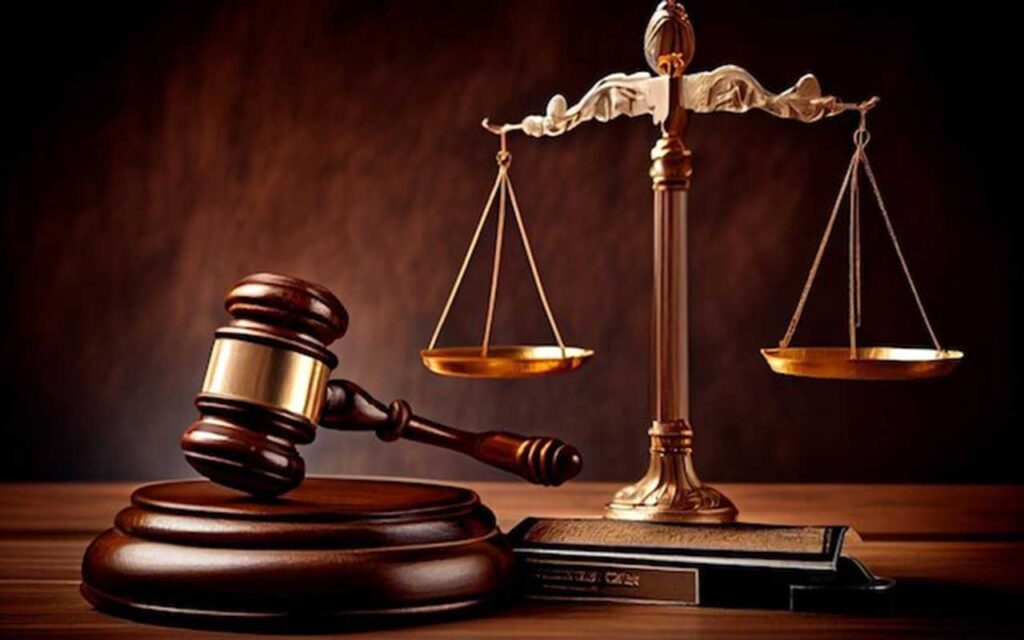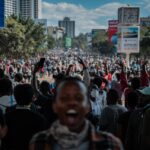
Is the killing of EndSARS protesters by soldiers’ genocide?
Since the special intent required to convict for genocide lies in the intent to destroy, in whole or in part, a national, ethnical, racial, or social group, it is necessary, as a starting point to briefly state how the events leading to the shooting evolved in order to determine if the acts of the soldiers amount to genocide.
To begin with, there is little or no controversy regarding the chain of events leading to the violent attack by soldiers on EndSARS protesters at the Lekki Toll Gate on Tuesday 20th October 2020. As part of Nigerian youth’s EndSARS protest to demand the disbandment of the Special Anti-Robbery Squad (SARS) unit of the Nigerian Police, protests took place in several parts of the country, including Lagos for about two weeks. Though pockets of protests occurred at several points in Lagos, it was the cluster of youths that made the Lekki Toll Gate it’s home, which caught the most attention mainly because it was well organised and peaceful. The first major gathering of protesters along the Lekki-Epe expressway took place on Sunday 11th October disrupting traffic for the most part of the day along the 50-kilometre motorway. The protest in Lekki continued in a very peaceful fashion as more youth from disparate ethnic groups and religions poured into the Lekki Tollgate area to take part in what had become a carnival of sorts.
In the meantime, on Monday 19th October, a Lagos State Government source lamented the loss of at least N234m to the closure of tollgates since the commencement of the #EndSARS protests, and on 20th, though the protest had remained largely peaceful and uneventful at the Lekki toll gate, proceedings began to turn violent in other parts of the state, such as Orile-Iganmu where mobs not allied with the #EndSARS mainstream movement set a police station on fire. At about the same time, the Governor announced the imposition of a 24-hour curfew in all parts of the state, with effect from 4 pm Tuesday, October 20, 2020.
The curfew was later extended till 9 pm. Though we are yet to have a complete picture of how the shooting at the Toll Gate started, what is known at this time is that at about 6.45 pm, videos, and pictures began to circulate on social media accounts indicating that the unarmed protesters located there were being shot at by men of the Nigerian Army that had arrived there earlier. It was however difficult to clearly make out the fate of the protesters from the videos and pictures because the soldiers had reportedly switched off the floodlights at the toll gate area and also prevailed on LCC workers to remove the CCTV cameras installed at the toll gate, ostensibly to blot out all evidence of the impending carnage or make them unreliable. Shortly after the incident, videos of some wounded protesters being carried to safety or treated for what appeared to be gunshot wounds by fellow protesters surfaced on social media. While the number of fatalities and wounded is not certain at this point, what is known from the reports of Amnesty International and the United Nations Human Rights Commission is that a minimum of 7–12 protesters died and several others gravely wounded as a result of the attack.
Having stated the facts as presently known, the next task is to apply them to the elements of the crime of genocide, to assess if the acts of the perpetrators of the Lekki attack constitute genocide. The most critical element to examine is to consider whether the protesters gathered at the Lekki Toll Gate are a ‘group’ within the definition of the Genocide Convention and Article 6 of the Rome Statute. The first judicial interpretation of the enumeration of groups protected by the Genocide Convention dates to September 1998, fifty years after the Convention’s adoption in The Prosecutor v. Akayesu, where a Trial Chamber of the International Criminal Tribunal for Rwanda (ICTR) tasked with the question whether Tutsis in Rwanda were a protected group extensively reviewed the travaux preparatoire of the Genocide Convention and came to the conclusion that the intention of the drafters of the convention is clearly to ensure the protection of any stable and permanent group whose membership is determined by birth. In the Court’s view, more mobile groups, such as political and economic groups which one joins through individual voluntary commitment, are thus excluded. Finally, relying on the decision of the International Court of Justice in the Nottebohm case, the ICTR Trial Chamber concluded that the mentioned groups in the Genocide Convention could be defined as follows:
(I) A national group is a collection of people who are perceived to share a legal bond based on common citizenship, coupled with reciprocity of rights and duties;
(ii) An ethnic group is generally defined as a group whose members share a common language or culture;
(iii) The conventional definition of a racial group is based on hereditary physical traits often identified with a geographical region, irrespective of linguistic, cultural, national or religious factors.
(iv) A religious group is one whose members share the same religion, denomination, or mode of worship.
Upon a dispassionate consideration of the established facts and the above stated legal definition of the groups protected by the genocide convention, it is beyond doubt that the #EndSARS protesters at the Lekki Toll Gate on 20th October 2020 do not fall into the category of groups mentioned in Article 6 of the Rome Statute. It is also not disputed that they were not fired upon by soldiers on account of their nationality, ethnicity, race, or religion. A review of all available evidence, even from the protesters themselves, persuasively demonstrates that they were a collection of like-minded youth from different ethnic groups, background,s, and religion in pursuit of a common goal to put pressure on the government to disband the discredited Special-Anti Robbery Squad and precipitate police reform. Without taking the trouble to consider other elements, the answer to the question of whether the alleged killing and causing of serious bodily and mental harm to EndSARS protesters at the Lekki Toll Gate on Tuesday 20th October 2020 constitutes genocide is, therefore, a straight no.
Crime against humanity?
The second category of offences over which the ICC has jurisdiction is ‘Crimes Against Humanity’. Often loosely used to describe any crime that is considered an affront to humanity, the phrase “crime against humanity” became more prominent as a legal term when in the aftermath of World War II, it was used by the drafters of the London Charter of the International Military Tribunal to describe the unspeakable crimes committed by the Nazi regime on its own citizens, since a traditional understanding of war crimes gave no provision for such crimes. The concept, however, did not receive much judicial attention after the Nuremberg trials until the ad-hoc International Criminal Tribunal in the Former Yugoslavia, and The International Criminal Tribunal for Rwanda were established to investigate and prosecute the crimes committed during the genocide killings which occurred in The Former Yugoslavia and Rwanda. The inclusion of this category of crimes in the Rome Statute of the permanent International Criminal Court is to ensure that perpetrators of serious crimes of concern to humanity are squarely addressed with appropriate legal sanctions.
Article 7(1) of the Rome Statute defines Crimes Against Humanity while 7(2) sets out the Elements of Crimes.
To be continued tomorrow.
Jegede is a practising lawyer and former Prosecutor at the United Nations International Tribunal for Rwanda.













